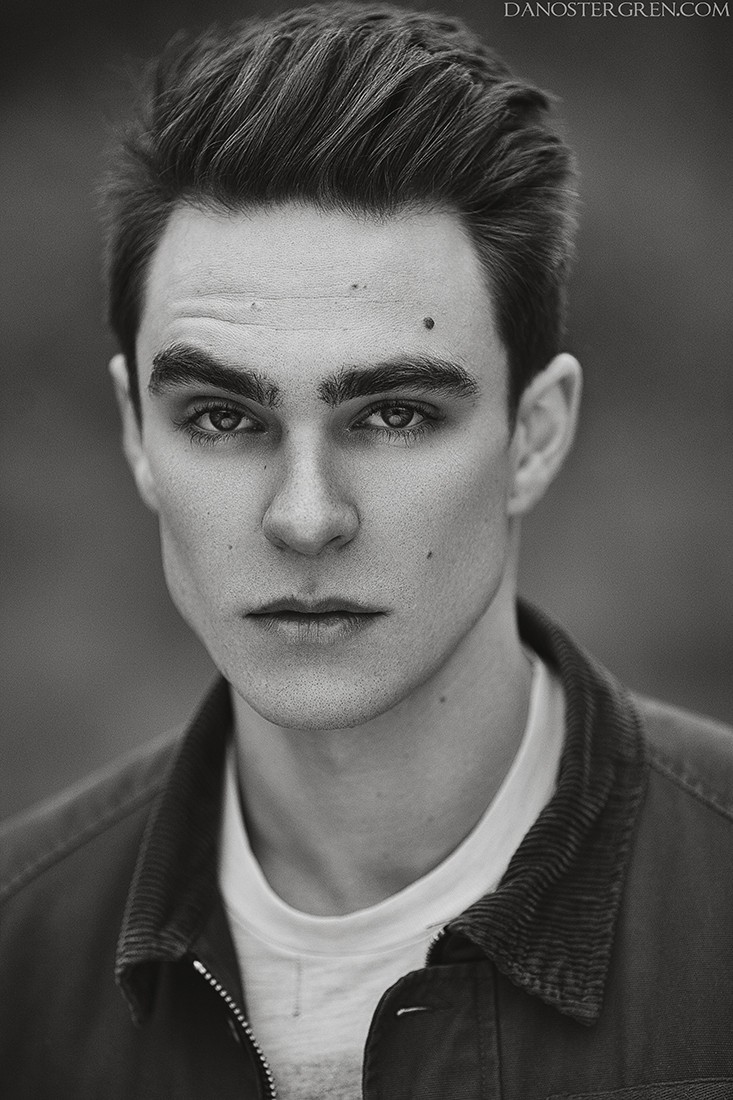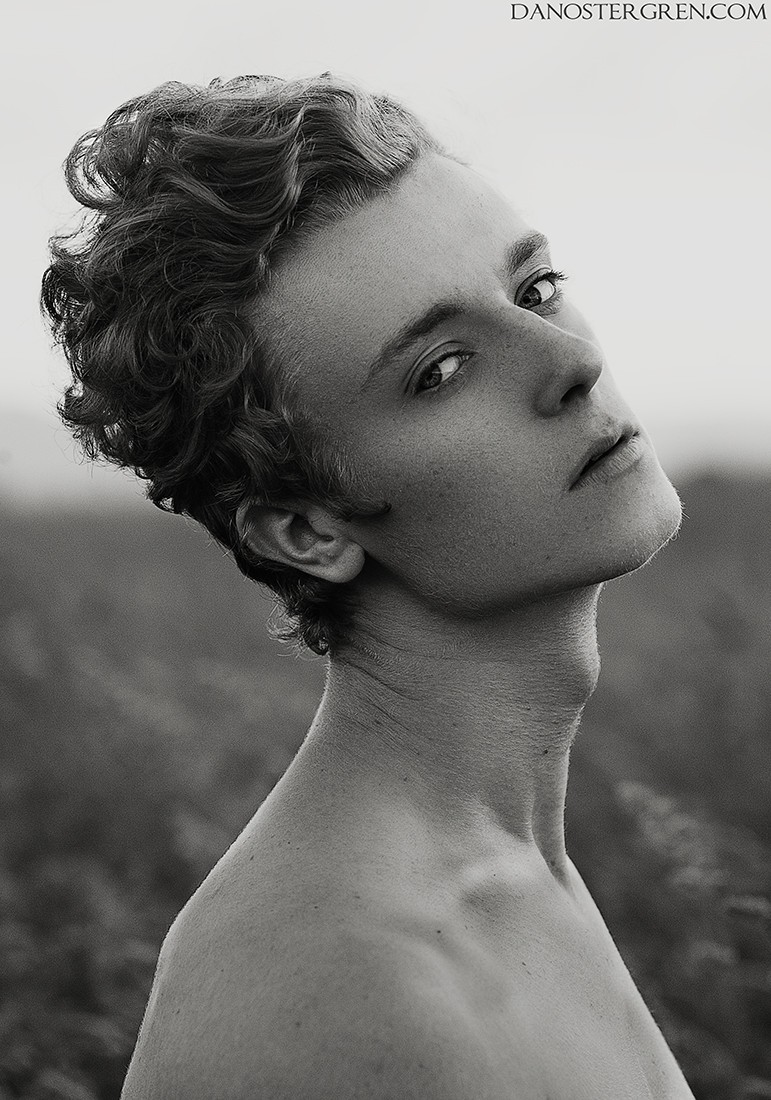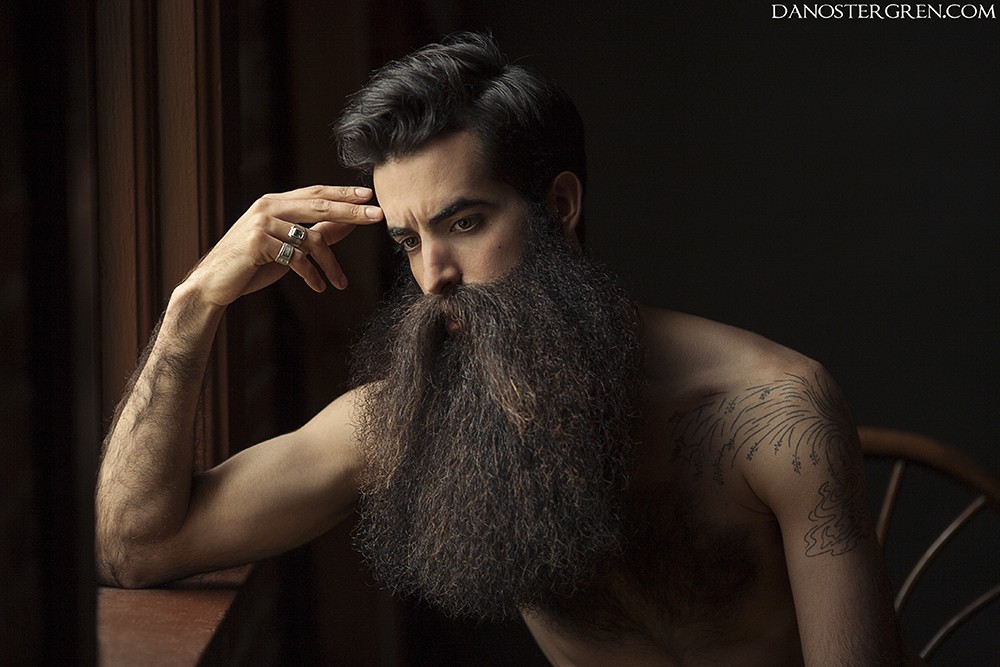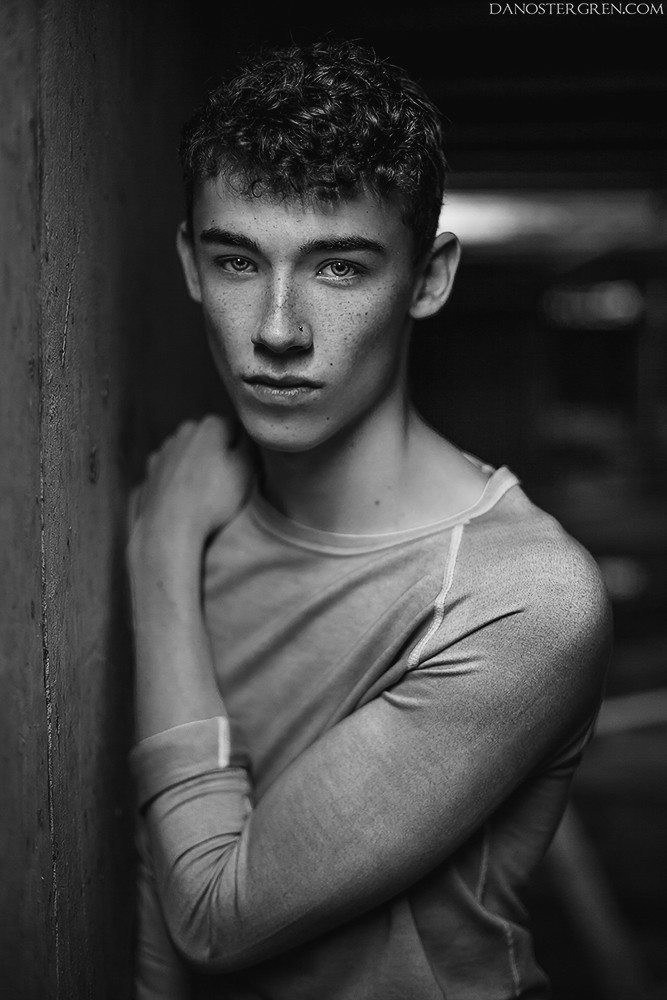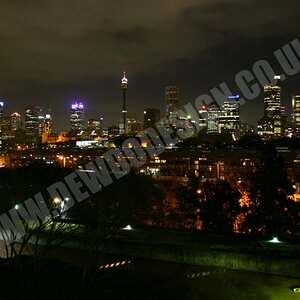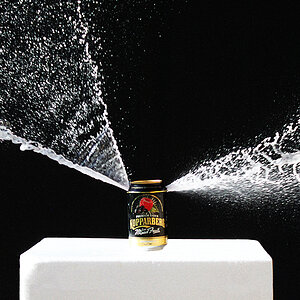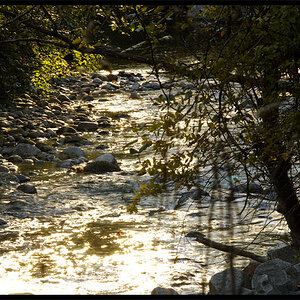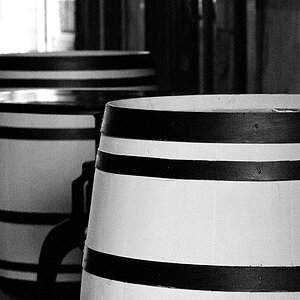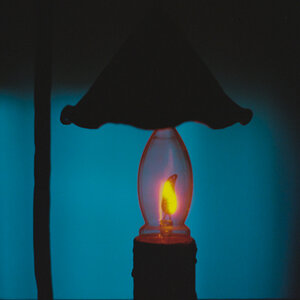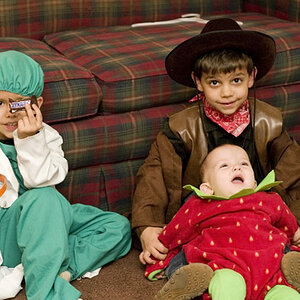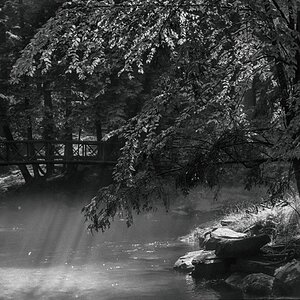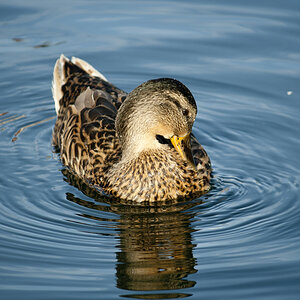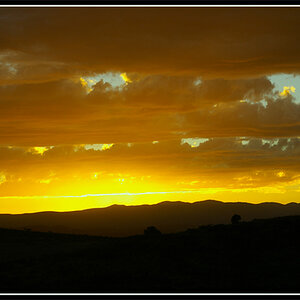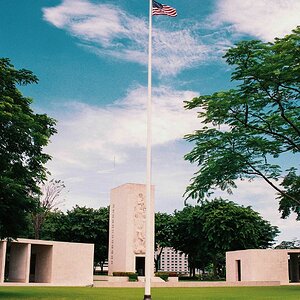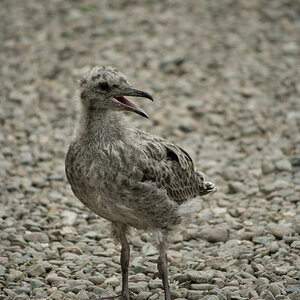- Joined
- Jun 2, 2013
- Messages
- 4,493
- Reaction score
- 4,141
I didn't see many new technical challenges recently, so I figured it wouldn't hurt to make a challenge of my own. I think this is a useful one. To clarify, this is a LIGHTING technical challenge, not a retouching challenge. The point of this lighting style is to reduce retouching; you're essentially starting the retouching process at the moment of exposure.
I'm often asked for lighting advice from other portrait photographers, and every time I give the same advice: educate yourself on the concept behind the makeup technique called "Contouring and Highlighting", and apply it to your lighting. It's a fairly basic idea once you understand it's purpose, which is to highlight, enhance and sculpt (contour) certain features of the face and bring focus to the most beautiful features on the human face. The entire concept for the makeup technique is to mimic flattering light, so why not reverse that idea and just use flattering light? Coincidentally, applying this concept to your lighting will considerably reduce the amount of retouching needed on the face, saving you lot's of time. Isn't that neat?
This diagram gives you a basic idea of what the lighting pattern should be based off of. You can always deviate for more dramatic enhancements or an entirely different look. What's important though is that you are sculpting the facial features.
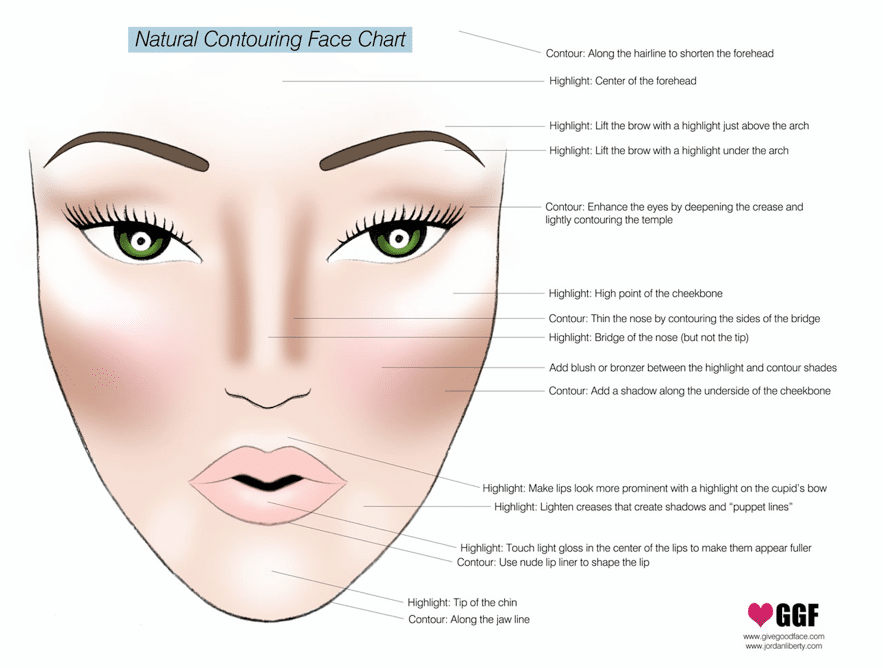
A light source that is positioned at an angle that shines down on the model is needed, as this will create shadows under certain features such as the cheekbones that will sculpt the person's face. You decide just how high above the subject you angle the light; the higher the angle, the more dramatic your contour will become. Some images call for more dramatic sculpting, while a soft and subtle contour may be best for others. You don't have to follow the diagram exactly, but the general idea is to use light that sculpts your subject's features. This is possible and applicable to both available light and studio light.
Your challenge is to apply this idea to your lighting the next time you do photos that feature a person or people, and share them here. You're welcome to share photos that you've already taken that have this lighting pattern as well, but I highly recommend that you make a conscious effort to apply the idea to your people photos because I believe it will enhance the beauty of your subject by a lot, male or female.
There's no prize and this isn't a contest, it's meant to just be a challenge to help improve on portrait lighting.
I'm often asked for lighting advice from other portrait photographers, and every time I give the same advice: educate yourself on the concept behind the makeup technique called "Contouring and Highlighting", and apply it to your lighting. It's a fairly basic idea once you understand it's purpose, which is to highlight, enhance and sculpt (contour) certain features of the face and bring focus to the most beautiful features on the human face. The entire concept for the makeup technique is to mimic flattering light, so why not reverse that idea and just use flattering light? Coincidentally, applying this concept to your lighting will considerably reduce the amount of retouching needed on the face, saving you lot's of time. Isn't that neat?

This diagram gives you a basic idea of what the lighting pattern should be based off of. You can always deviate for more dramatic enhancements or an entirely different look. What's important though is that you are sculpting the facial features.

A light source that is positioned at an angle that shines down on the model is needed, as this will create shadows under certain features such as the cheekbones that will sculpt the person's face. You decide just how high above the subject you angle the light; the higher the angle, the more dramatic your contour will become. Some images call for more dramatic sculpting, while a soft and subtle contour may be best for others. You don't have to follow the diagram exactly, but the general idea is to use light that sculpts your subject's features. This is possible and applicable to both available light and studio light.
Your challenge is to apply this idea to your lighting the next time you do photos that feature a person or people, and share them here. You're welcome to share photos that you've already taken that have this lighting pattern as well, but I highly recommend that you make a conscious effort to apply the idea to your people photos because I believe it will enhance the beauty of your subject by a lot, male or female.
There's no prize and this isn't a contest, it's meant to just be a challenge to help improve on portrait lighting.
Last edited:


